Bootfitting always seems to be one of the aspect’s of skiing which causes people the most problems.
Rossignol AllSpeed 120 - The ultimate Park Boot?
Any time that you are fighting against the boot you will have discomfort.
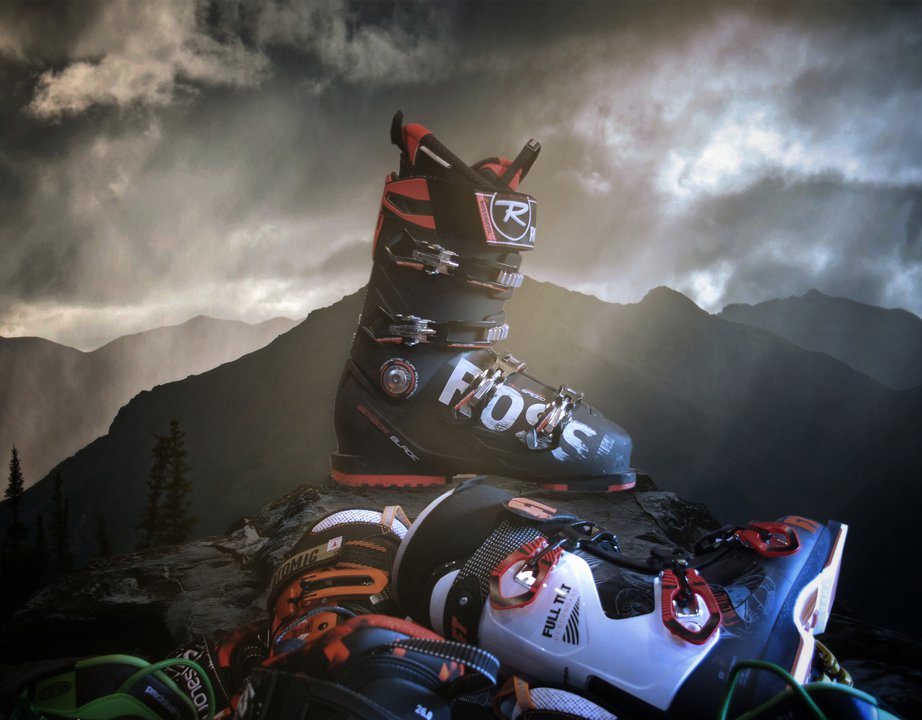
The vast majority of people pronate to some extent.
The side of the foot by the little toe is a little harder to understand.
The cuff may slightly angle outwards but in general it’s fairly straight, up and down.

One big factor that a lot of fitters forget though is to evaluate the foot in neutral.
This allows me to get a better idea of the real shape of the foot im fitting.
Anyway enough about feet; on to the park boots…
What makes a Park boot?
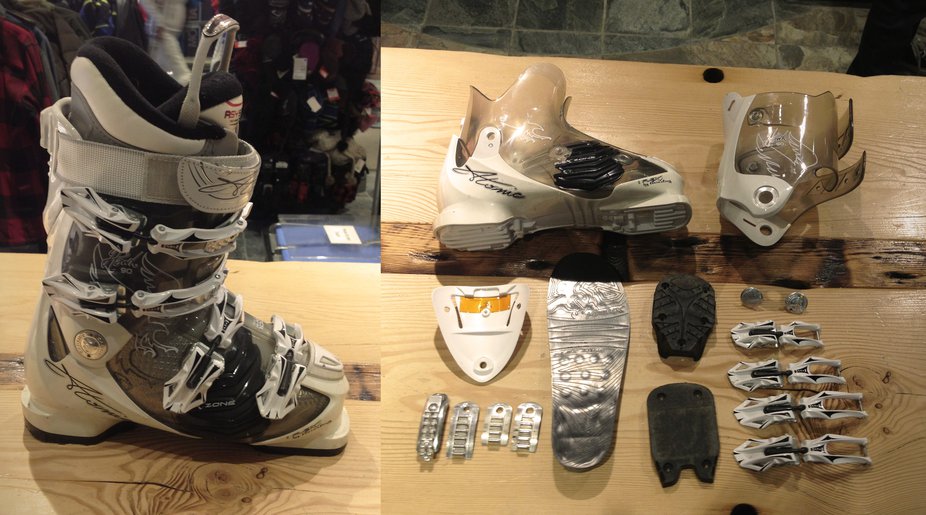
But luckily those types of modifications are easy to do to conventional boots.
It is often forgotten that the same sort of flex adjustment can be done on overlap boots.
Overlap boots often feature a number bolts which lock the lower clog to the cuff.
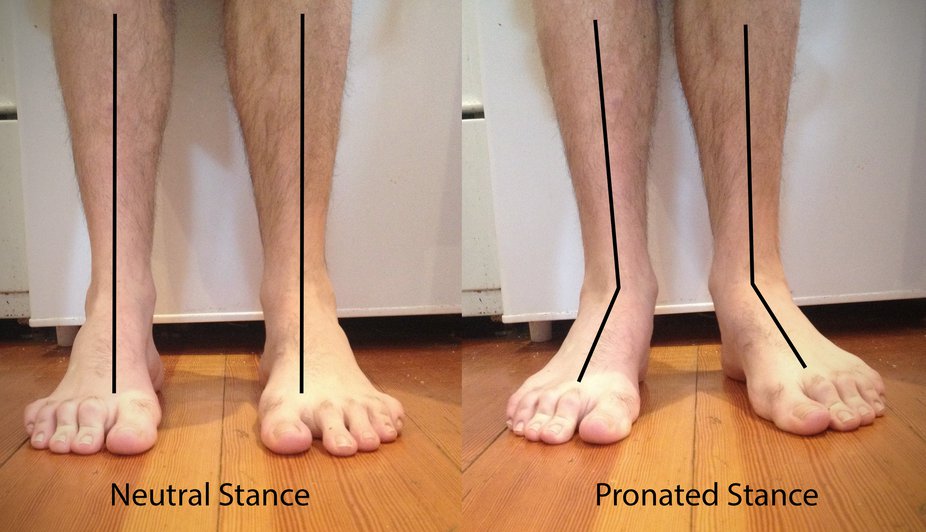
By adding or removing these bolts the flex can be adjusted.
These perticular boots feature the possibility of up to three bolts in the cuff.
Flex is one area where there is often quite a big misconception in what works best in the park.

One area I especially think it helps is switch landings.
Impact Reduction
the yellow material is the original hard boot board.
Luckily though, the boot board is an area which can be modified quite easily.

Well for these I did something even simpler.
On top of this I added a section of soft foam to act as a shock absorber.
This simple modification has made a world of difference to the comfort.
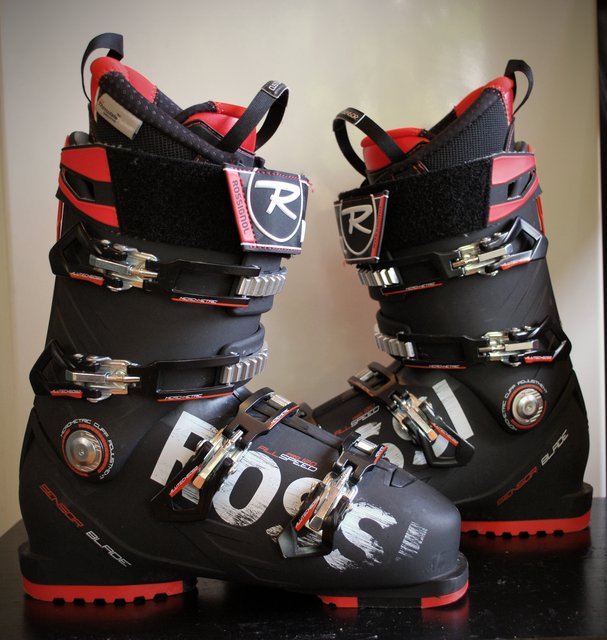
This is a simple modification which any decent boot fitter should be able to do for you.
If you have ever had a black toenail you will know just how much it sucks.
When it comes to relieving this problem a footbed is always a great place to start.

Looking at the boots and comparing them to my feet, it’s fairly easy to see why.
Bootfitters would say my toes are square/angled.
It was this mismatch in shape which was causing me problems, but luckily it was easy to fix.
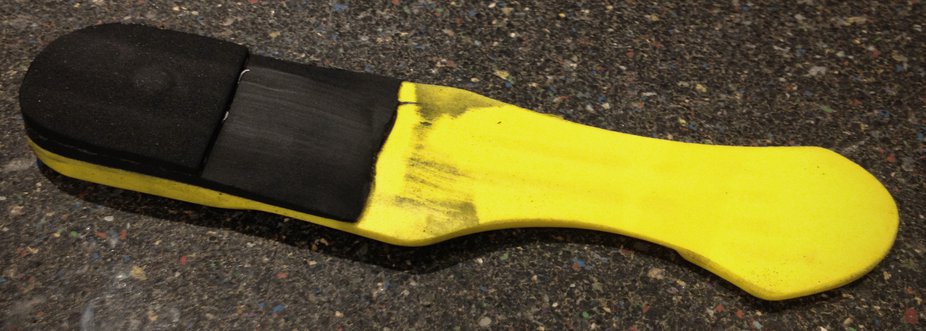
I was able to punch out the big toe area to make the boot better match my foot.
They are usually different things, but people tend to confuse them.
The pain when landing heavily backseat is harder to fix, as it is bad technique mainly.
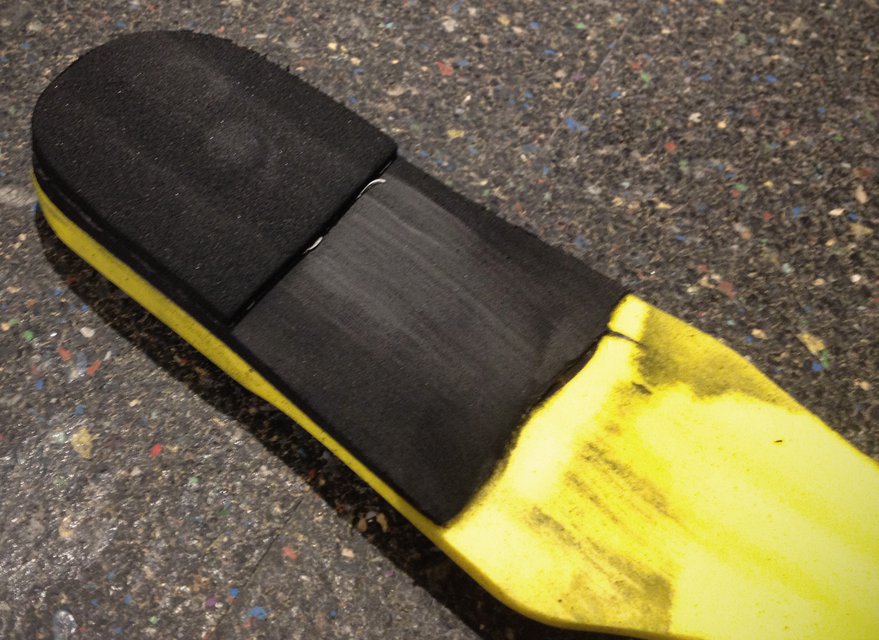
If the foot is allowed to pronate in the boot, the leg bones will rotate slightly inwards.
This slight rotation every time you flex forward can irritate the shin and can cause quite bad pain.
Quite a few brands are doing this now and personally I think it’s a good thing.

For the length its fairly easy to check the shell.
Put your foot in the shell without the liner and then slowly slide your foot forward.
When you feel your toes lightly touching the end keep your foot in that position.

The next part you’ve got the option to check is the forefoot.
With your foot central in the shell you want around 5mm either side of your forefoot.
Once you know how the forefoot fits check the instep.

As strange as it sounds the instep and forefoot work together.
The last checks you’re free to do are the ankle and heel.
How do they Ski?
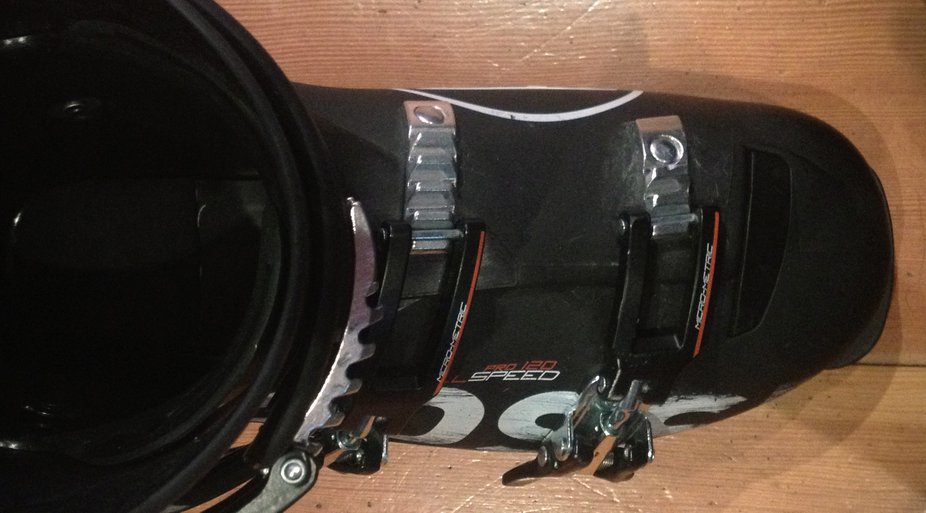
Having a cuff which supports you well but without cutting off blood flow is really important.
venture to find this kind of fit and you will have good circulation all day.
Heel hold can be hard but I have found ensuring the heel pocket is wide enough is very important.
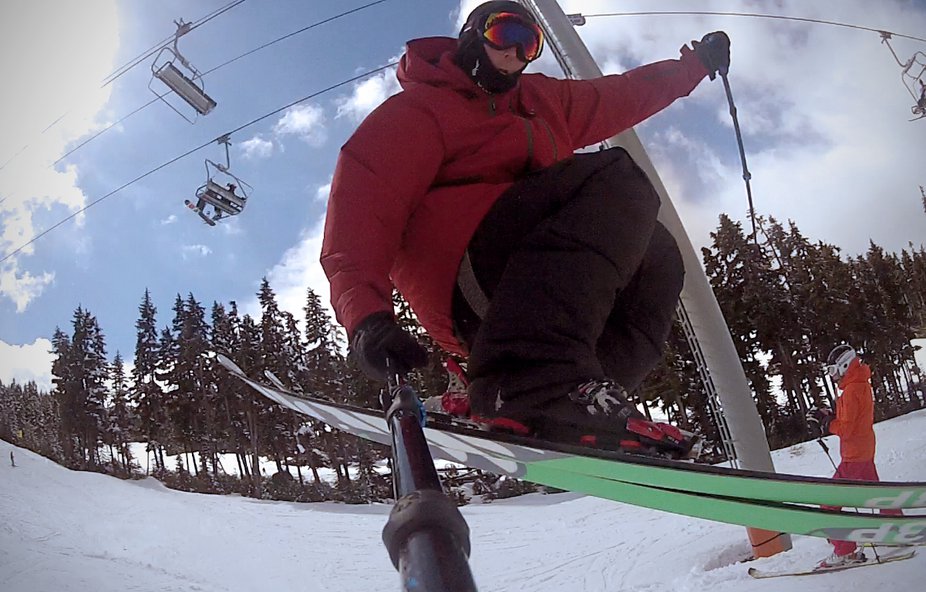
The toe box has been the hardest part to get right over my time testing.
They work well nearly all the time but on big backseat landings my toes will be sore.
Part of the issue is the liner though.
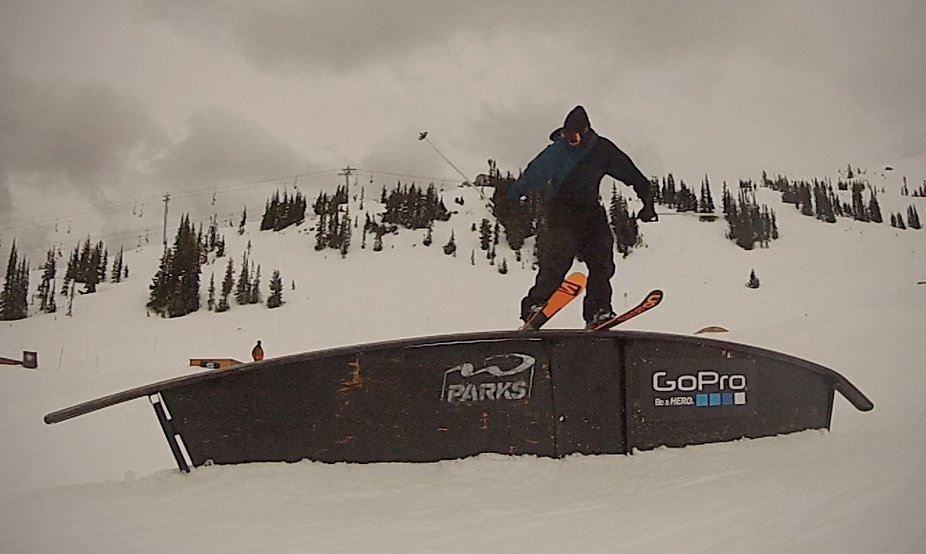
Although liners are soft they wont stretch a great amount or they would offer no support.
Its important to consider if you may also need the liner adjusting along with the shell.
I often find boots aimed soley at the park tend to be a little forgiving and often too soft.
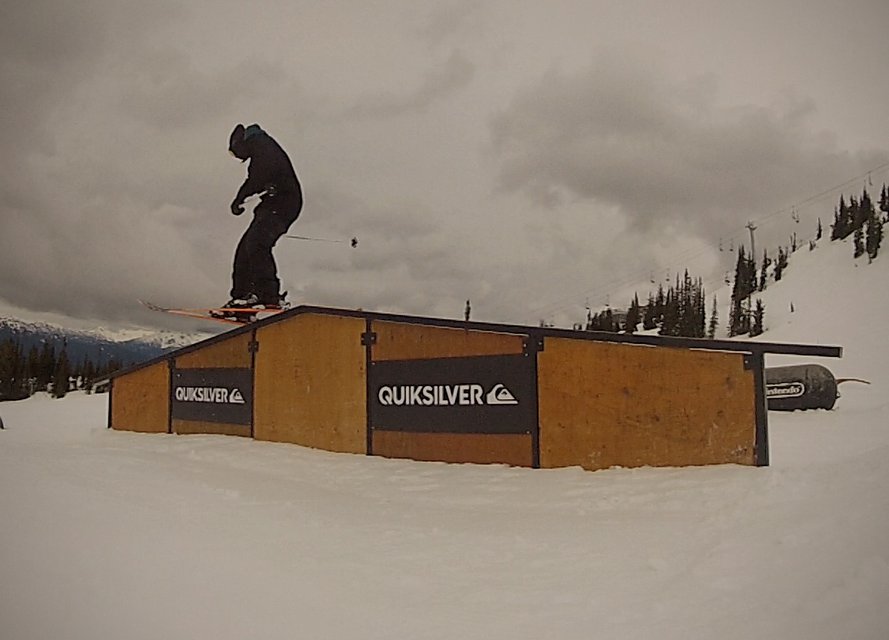
I’m also getting a bit older and I do like the added support a slightly stiffer boot offers.
However, in many boots however I find the forward flex feels stiffer then the lateral flex.
Another thing I found it offered was a little unexpected.
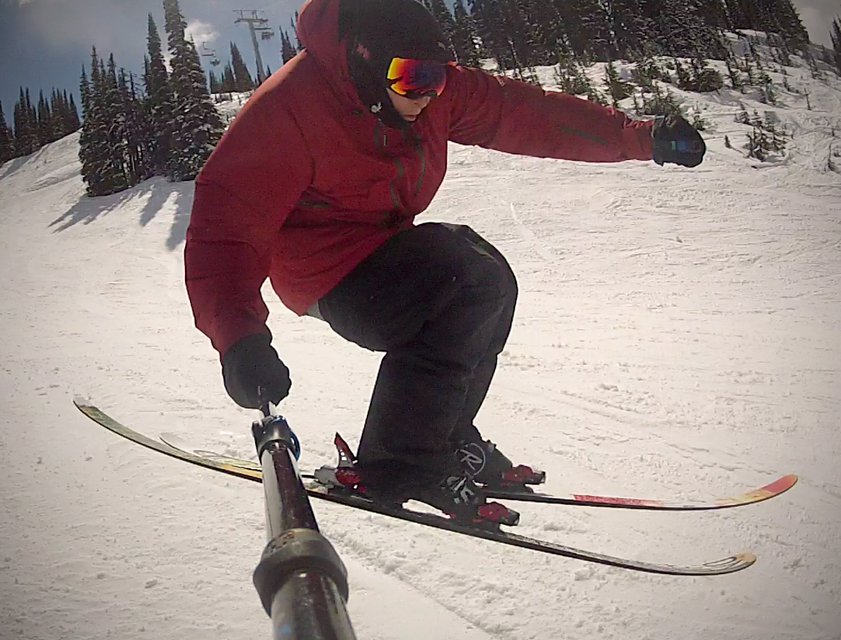
Being slightly softer it gave the end of the forward flex a less harsh feel.
So allthough unexpected the boots being easy to get on may also may them more desirable for park riders.
One thing I did slightly differently for this test was to not mold the liners.
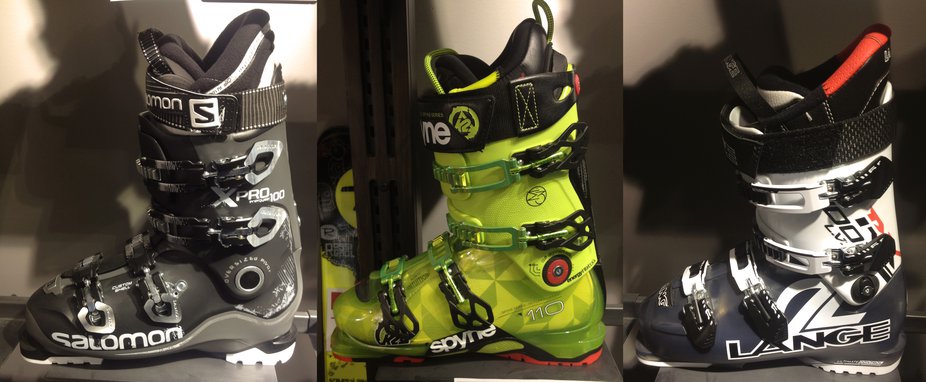
To test this I skied them out of the box and really they have been ok but no great.
They have taken some time but they are bedded in but I would not do it again.
Molding really does do more then just skiing.
If you get a boot with a heat mold liner, get it molded it really is worth it.
Overall I have been very happy with the Allspeeds.
The cuff offers a very supportive yet forgiving flex which is perfect for the park.
A big factor in these boots favor is the large amount of possible fit and flex options.
Coming up next in the series is a full review of the 2016 K2 Pinnacle 130.